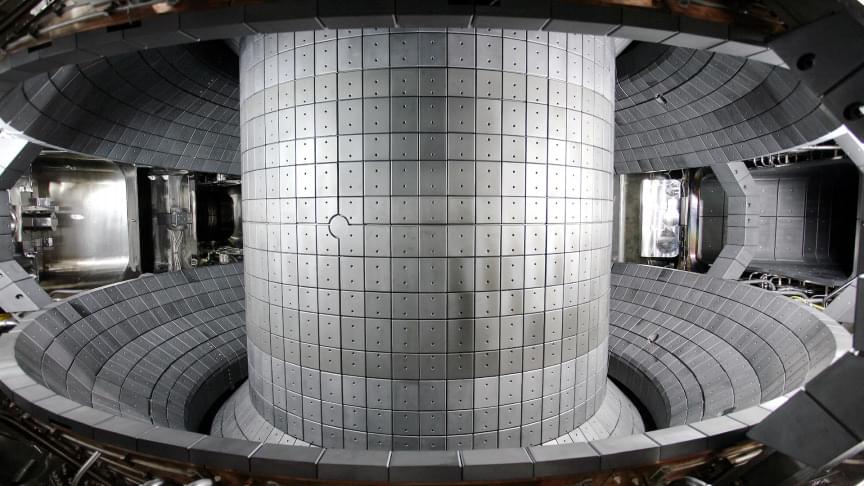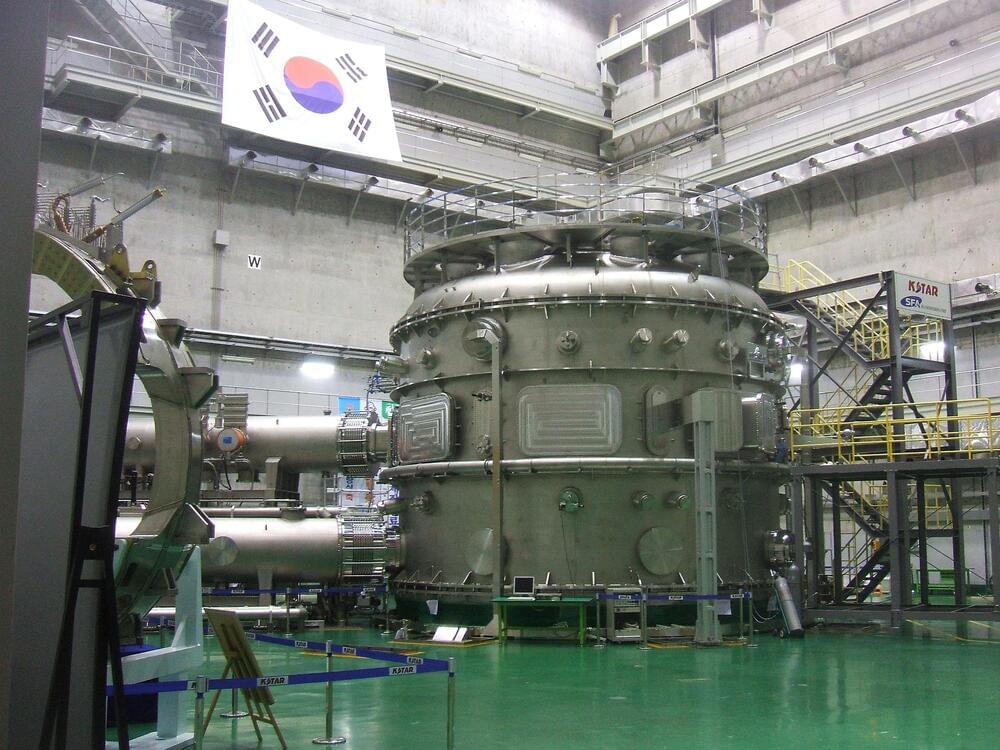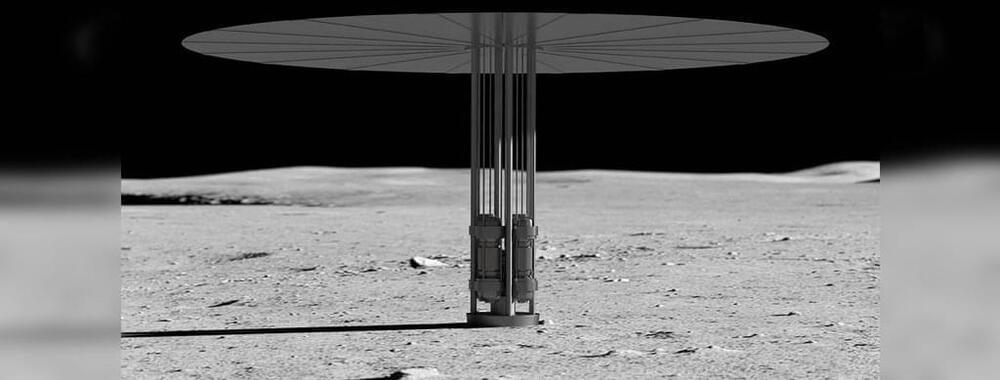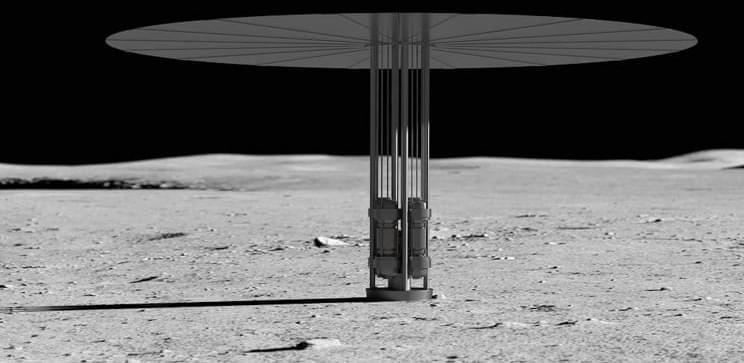New Chinese fusion approach, betting big on fusion and lots more fusion stories!
A summary of recent fusion energy news stories presented by Dr Leigh Ann Kesler, a fusion consultant specialising in science communication.
Today’s news stories:
1. Congressional Hearing on Fusion Energy Research and Technology Development.
https://www.fusionindustryassociation.org/post/congressional…evelopment.
https://www.fusionindustryassociation.org/post/support-for-f…egislation.
2. Chinese Scientists Say They’ve Discovered Cheap New Way to Do Nuclear Fusion.
https://futurism.com/china-cheap-nuclear-fusion.
https://www.scmp.com/news/china/science/article/3155546/chin…sion-power (paywall)
https://sg.news.yahoo.com/chinese-scientists-strike-early-gold-083430644.html (free version)
3. The chase for fusion energy.









